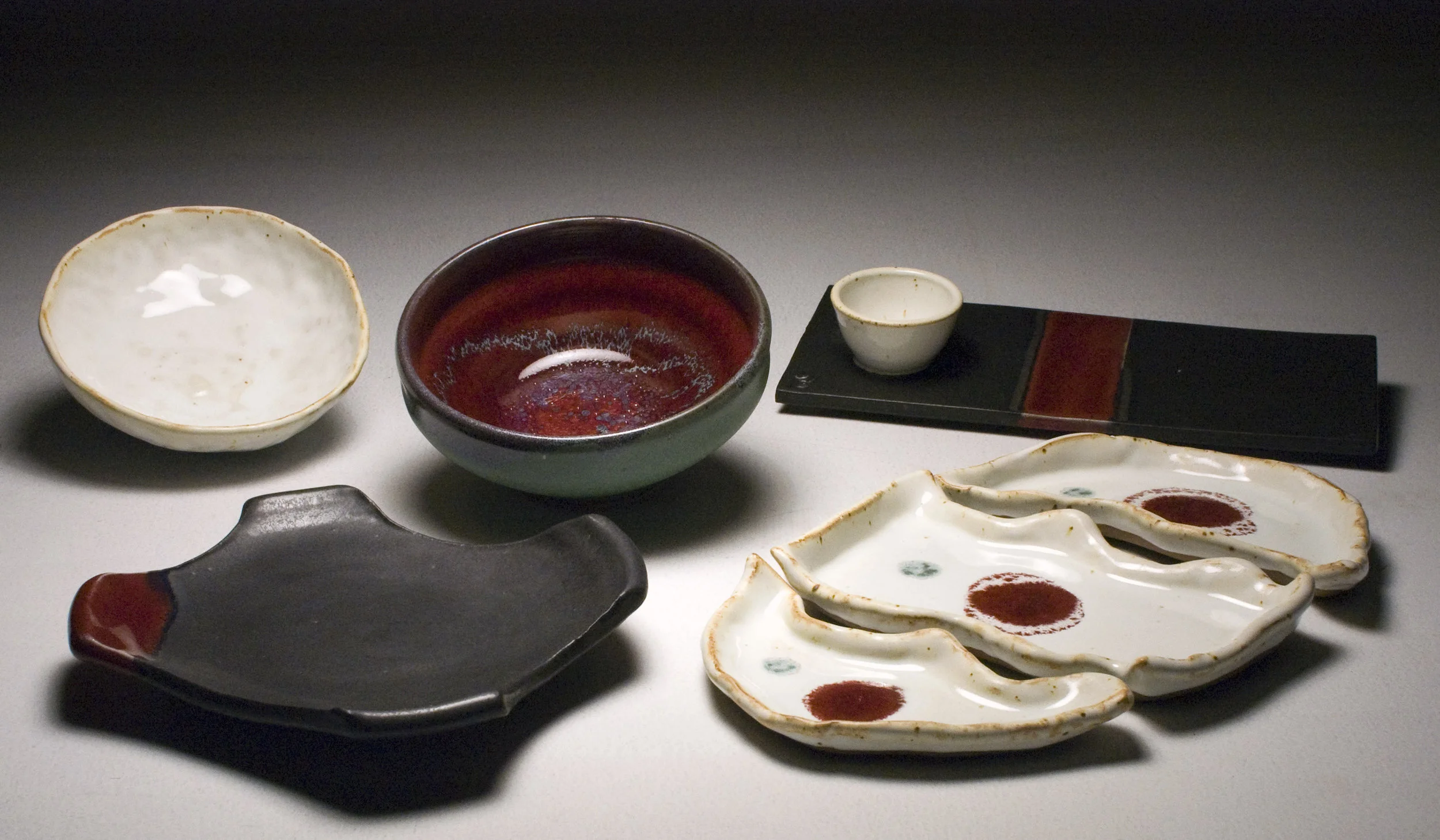Duncan Street Dinners
Aesthetics form the basis of anything we do, but having a functional and durable product remains essential. Above all else, however, it’s the people who interact with what we do that matters most. To that end, we’re always on the lookout for projects that place our ceramics in new contexts.
Early in 2015, two prominent Pittsburgh chefs and a bartender began a monthly underground dinner collaboration called Duncan Street Dinners designed to showcase the cutting edge of food and drink in a city increasingly recognized for its culinary prowess.
Be it the food that we eat or the plate from which we eat it, Pittsburgh, as a city, is working towards new design languages for a 21st century culture which prizes place over generality, individuality over homogenity, and the niche over the universal.
In the summer of 2015, Three Rivers Clay Works, along with Duncan Street Dinners premiered a series of bespoke tableware designs intended to showcase the creativity of the cuisine and the vibrancy of Pittsburgh’s burgeoning tactile culture. Over the years, the collaboration has grown and the monthly Duncan Street Dinner continues to act as something of a design laboratory for our new product lines.
Duncan Street Dinners Set Overview
We designed this serviceware set to be at once familiar and challenging, A color palette of alternating reds, greens, whites, and blacks was chosen to play against the vibrant colors of the cuisine. Predictable forms are juxtaposed with contemporary approaches to dish-specific plate designs.
Triptych Plate
Multi-part dishes and family-style service have become a cornerstone of modern cuisine; these plates draw attention to the parts that comprise the whole.
Soup Bowls
Individually hand thrown, the reduced copper red interior and stony matte exterior challenge the cook to think about color, texture, and presentation in ways that the old white plate never quite could.
Platter and Sauce Cup
A Scandinavian take on the traditional Japanese Sushi platter, the cup, tray, and feet were fused together through the glaze melting in the fire.
Pinch Bowls
The hands and a ball of clay are all that's required to make a bowl. Each of these bowls were individually formed without the use tools: each bowl was pinched roughly 500 times to form the final bowl shape and foot ring.




